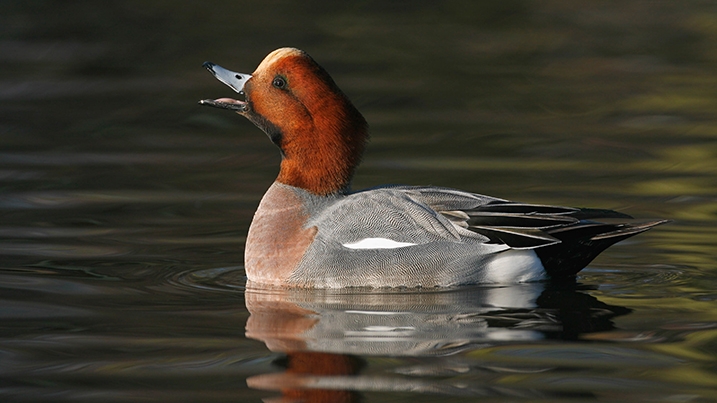Discover Wildlife
Nestled on the shores of Strangford Lough, our reserve is a magical mix of wide estuary views, tidal lagoons, eel-grass mats, salt marshes, reed beds, and woodland. A haven for wildlife.

Explore the wild reserve with walking paths through both the wetlands and woodlands. With plenty of bird hides and viewpoints throughout the trails, be sure to pause and look out for our seasonal wildlife highlights.
Don’t miss willow warblers, terns, and dragonflies in summer, and Brent geese, wigeon, and shelduck in winter.
We work hard to restore and improve the habitat at WWT Castle Espie. Recent projects that help wildlife include the building of kingfisher banks, tern islands, otter dens, bat boxes, dragonfly and damselfly pools, wader scrapes and wader roosts.
The area has also now become tidal meaning that water levels rise and fall with the lough and attract even more wildlife.
These steps not only help wildlife but hopefully give you a better chance of seeing these incredible species.
The buildings and habitat restoration at WWT Castle Espie were supported by the National Lottery through the Heritage Lottery Fund and by many other generous funders, including Ulster Garden Villages, Northern Ireland Environment Agency, the Northern Ireland Tourist Board’s Tourism Development Scheme, Ards Borough Council and the European Regional Development Fund, Biffa Award, The Crown Estate, Better Belfast, Low Carbon Buildings Programme (BERR) and NIE SMART Programme.
- In this section